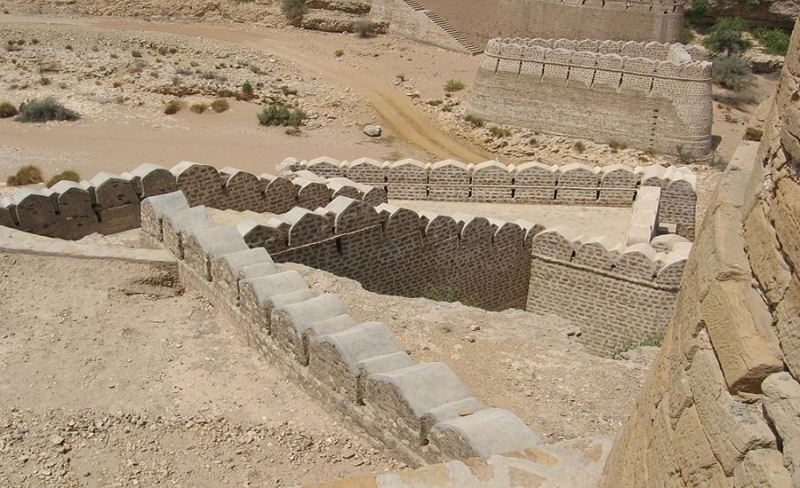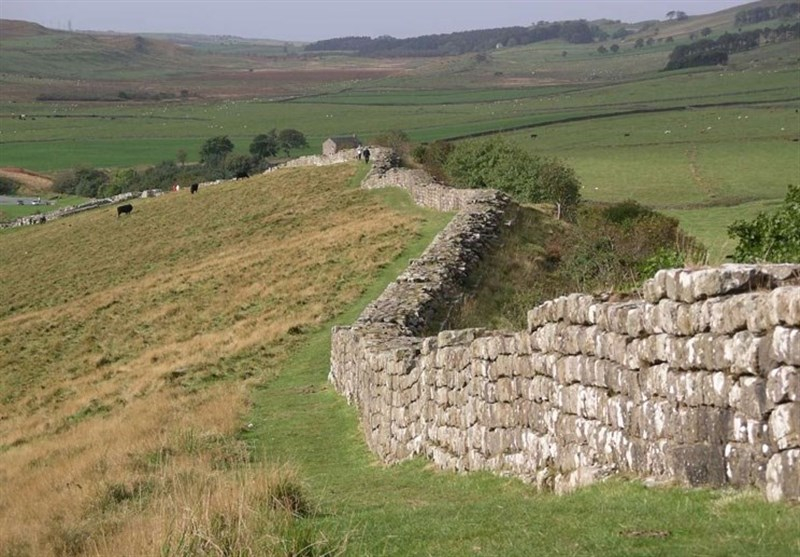The Great Wall of Gorgan

The Great Wall of Gorgan, located in the Golestan Province of northern Iran, was constructed between 420 and 530 AD and remained in use until the 7th century. During this time, the Sassanian dynasty of the Persian Empire fought a number of conflicts near its northern boundary, first against the Hephthalites or White Huns and afterwards the Turks. There are 38 forts lining the over 200 km long Great Wall of Gorgan. It might even connect to the Tammisheh Wall, a more compact defense structure with an eerily similar pattern. Both walls used substantial burnt bricks that had the same size and form, were bordered with earth banks and ditches that were fed by canals, contained batteries of nearly identical brick kilns, were fortified similarly, and extended from the Alborz Mountains to the Caspian Sea. The Gorgan and Tammisheh Walls, along with the accompanying forts, undoubtedly made up the same defensive structure, whether or not they were components of a unified barrier.
Canals had to be drilled along the defensive barrier's path in order to facilitate construction projects and supply the water required for brick production. Water for these canals came from supply canals that crossed the Gorgan River via qanats. The Gorgan Wall's and the associated canal's need to follow a natural gradient is proof of the hydraulic engineers' extraordinary abilities. The presence of standardized-design barracks across the forts suggests that the Sassanian army was well-organized. The Gorgan Wall and the related ancient military structures are a singular testament to the Sassanian Empire's military organization and architectural prowess. They said in explaining the Empire's geographic range from Mesopotamia to the west of the Indian Subcontinent as well as how successful border defense aided the Empire's internal wealth and long life. These structures have global relevance due to their size, historical significance, and sophistication.







